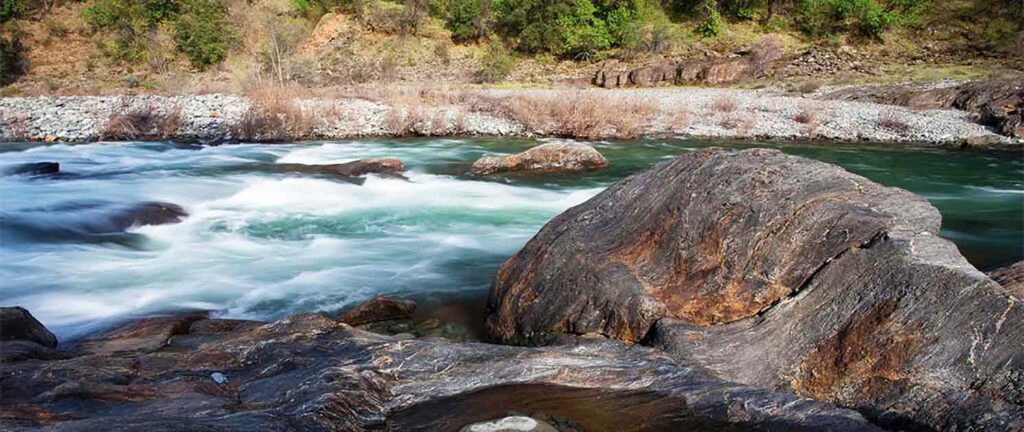Implementation of the Clean Water Rule Halted
The Clean Water Rule protects our precious streams, rivers, and wetlands across the United States that we rely on for drinking water, recreation, and our economy.

The Clean Water Rule which was promulgated by the Environmental Protection Agency and Army Corps of Engineers is not being implemented.
The Clean Water Rule protects our precious streams, rivers, and wetlands across the United States that we rely on for drinking water, recreation, and our economy. Unfortunately, on October 9, 2015 the Sixth Circuit Court of Appeals in Cincinnati, Ohio issued a temporary stay of the Clean Water Rule while litigation there is ongoing.
What Happened in the Sixth Circuit Court of Appeals?
The Sixth Circuit Court of Appeals is tasked with issuing a decision on the Clean Water Rule’s validity. The petitioners are the states of Ohio, Michigan, Tennessee, Oklahoma, Texas, Louisiana, Mississippi, Georgia, West Virginia, Alabama, Florida, Indiana, Kansas, Kentucky, North Carolina, South Carolina, Utah, and Wisconsin.
These eighteen states are seeking to have the Clean Water Rule invalidated by the court. As part of their case they petitioned the court to stay the Clean Water Rule pending the completion of the court’s review of their case. The Environmental Protection Agency and the Department of Defense (which houses the Army Corps of Engineers) opposed the stay as did several conservation groups as well as the pro- Clean Water Rule states of New York, Connecticut, Hawaii, Massachusetts, Oregon, Vermont, Washington, and the District of Columbia. Unfortunately, the Sixth Circuit Court granted the petitioners’ stay.
There are two parts to the decision the Sixth Circuit must make. First, the Court must decide if they have subject matter jurisdiction over the case (meaning if they even have the authority to hear the case before them). Second, the Court must decide on the validity of the Clean Water Rule based on its merits. The decision as to whether the court has the authority to hear the case on the validity of the Clean Water Rule will be decided shortly. If the Court decides they do not have the authority to hear the rule than the stay will be lifted. If the Court decides that they do have the authority to hear the petitioners’ case then the stay will most likely be in place until the validity of the Clean Water Rule is decided, which could be months or more likely years.
What Does a Stay Mean for the Clean Water Rule?
This means that the Clean Water Rule will not be implemented across the United States until the Sixth Circuit determines that the Clean Water Rule is valid or they decide they do not have jurisdiction to hear the petitioners’ case and the stay is lifted. Since the Clean Water Rule is not allowed to be implemented the old status quo of pre-Clean Water Rule guidelines following the Supreme Court’s decision in Rapanos v. United States will apply nation-wide. This means that the confusion as to which waters are and are not covered by the Clean Water Act will once again reign while the Court deliberates. Unfortunately, this puts the drinking water sources for 1 in 3 Americans back at risk.
While American Rivers is disappointed with this new roadblock to the implementation of the Clean Water Rule, we are confident in a positive final court decision resulting in the Clean Water Rule being implemented in all fifty states. The stay is just a ripple along the way to protecting clean water for everyone



